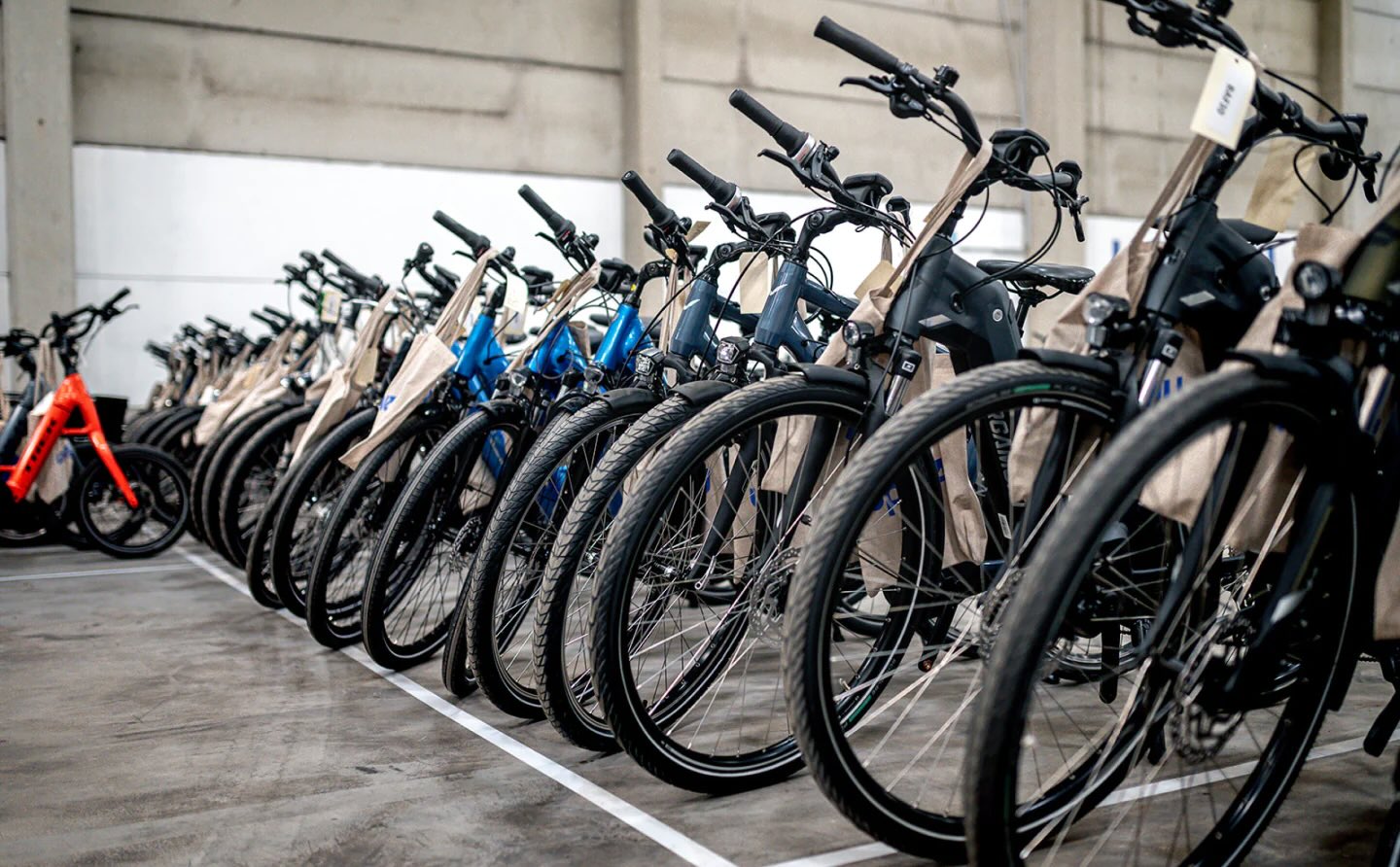A period of heavy rainfall following a dry spell is having a disastrous effect on Kenya's agricultural sector, and customers are paying the price.
What's happening?
Kenyan grocers in Murang'a, a town just north of the capital, Nairobi, are struggling to meet demand, and it's driving prices of common staples through the roof. The extreme weather is causing crop yields to plummet and forcing some farmers to harvest early.
Kenya News reported that the prices of everyday ingredients, such as onions, tomatoes, carrots, and other vegetables, are becoming unaffordable for locals.
As they increasingly rely on imports from neighboring countries, the cost is being passed on to customers. The outlet reported that the price of a sack of onions has increased from 4,000 Kenyan shillings to 6,500 KSh, approximately $30 to $50. In a country where the average monthly salary is around $590, that's a price hike few can afford.
A small-scale farmer told Kenya News: "This is affecting our home projects and our children's education. Customers can't even afford a proper meal because of the food shortages."
Why is food inflation such a concern?
The situation is symptomatic of a larger issue. Planet-heating pollution from dirty energy is worsening the impact of extreme weather events.
TCD Picks » Upway Spotlight
💡Upway makes it easy to find discounts of up to 60% on premium e-bike brands
Africa is at the forefront of this unfolding crisis, and the continent is warming at a higher rate than the rest of the world, per the World Meteorological Organization.
Skyrocketing food prices are an inevitable consequence as local supplies dwindle and countries become increasingly reliant on imports from neighboring nations.
This phenomenon has been observed in other parts of Africa. Citing data from the United Nations, Business Insider Africa observed that Zimbabwe, Sierra Leone, and Malawi were the countries most severely affected in 2024, with food inflation above 30%.
What's being done about soaring food costs?
The farmers mentioned in the article are seeking government intervention to alleviate the crisis, but this issue will require short-term and long-term solutions.
|
What is the biggest reason you don't grow food at home? Click your choice to see results and speak your mind. |
Kenya could look to South Africa, where sustainable farming methods are boosting crop yields while using fewer resources.
Similarly, Cameroon's use of the traditional Zai farming technique is another good example to follow.
Shopping smarter and making food last longer can also help consumers stretch their weekly budgets.
Join our free newsletter for easy tips to save more and waste less, and don't miss this cool list of easy ways to help yourself while helping the planet.















